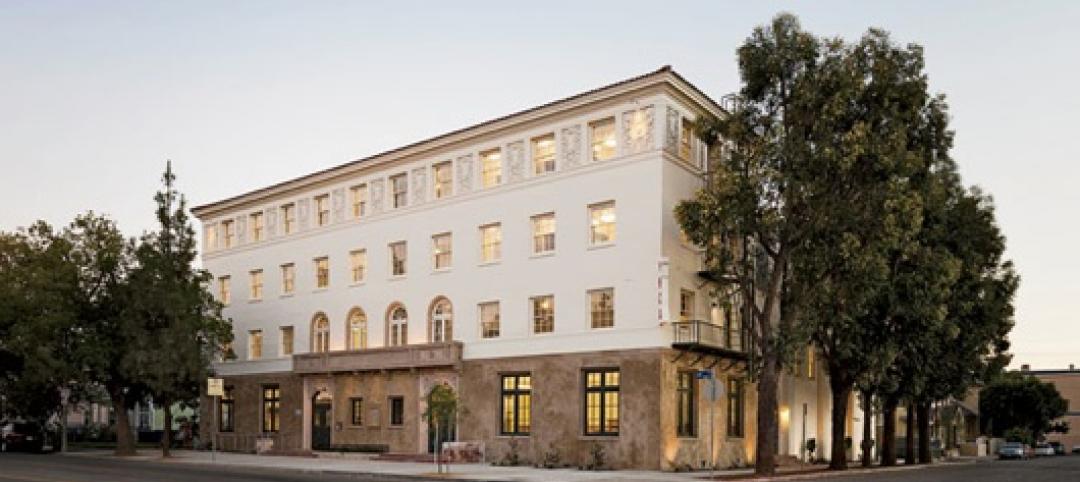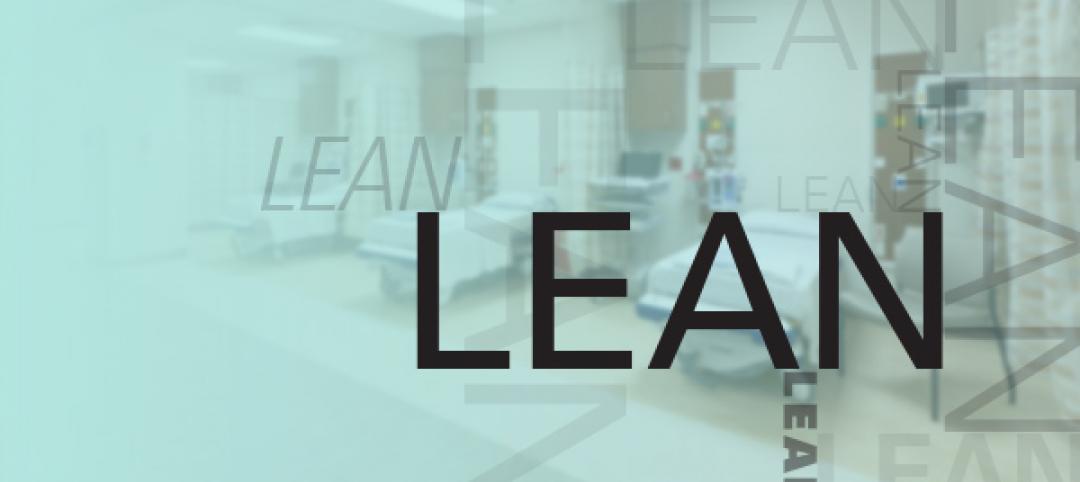The commercial property and casualty (P&C) market is driven by two powerful, albeit conflicting, forces: large catastrophic losses and excess capital. As a substantial part of real estate development is happening in areas exposed to floods, wildfires, severe storms, hurricanes and earthquakes, insurance companies are rethinking how to deploy their capital to manage aggregation in catastrophe exposed areas.
USI Insurance Services, a global insurance brokerage and consulting firm, recently released its 2019 Commercial Property & Casualty Market Outlook, which provides insight into the current dynamics of the property and casualty insurance market, as well as a deeper dive into covered sectors that include commercial real estate and construction, transportation, manufacturing/distribution, environmental, and aviation.
The report found a stable P&C industry in 2018, despite it having experienced five of the 15 costliest global catastrophes in the past two years, coupled with multiple large wildfires and other major loss events, which collectively caused in excess of $125 billion in total insured damages.
The P&C industry remains well capitalized, and its surplus now stands at $760 billion. Consequently, the industry has resisted significant and sustained market-wide rate increases, even as insured property losses from U.S. catastrophes alone went from $14.3 billion for 2.4 million claims from 33 catastrophes in 2010 to $101.9 billion for 5.2 million claims from 46 catastrophes in 2017, according to Property Claims Services and the U.S. Bureau of Economic Analysis.
It remains to be seen whether such restraint is sustainable if catastrophic events continue to increase and wreak havoc. USI says while most insureds should expect a flat to plus-5% rate change, but cautions that current rate trends will be difficult to maintain if the frequency and severity of catastrophes don’t abate.
The report notes specifically that pricing challenges are likely to persist in specific coverage lines such as property-exposed accounts in wind-prone areas, habitational risks, and large commercial trucking fleets.
Carriers, says USI, are also more likely to ask for moderate-to-high rate increases for many insureds in the public company directors’ and officers’ space, employment practices liability and medical malpractice for healthcare providers in certain classes.
Within the commercial real estate sector, multifamily properties could have the hardest time finding willing insurers. Beyond the natural catastrophe losses in 2017 and 2018, multifamily portfolios are producing fire and water damage losses, causing some carriers to either exit this risk class entirely, or increase rates and deductibles even for low-loss level insureds. With overall segment capacity shrinking, insureds with exposures to natural catastrophe and below average loss history can expect significant rate increases.
This could be especially true for frame construction, due to numerous large fire losses in recent years.

Despite the frequency of catastrophic events, insurers have so far resisted steady and high rate increases. Image: USI
The prospects are a bit brighter for nonresidential commercial properties, whose owners, developers, and managers have a distinct advantage, says USI: Quality risks remain the focus of carrier capacity offerings. Nevertheless, portfolios exposed to natural catastrophe will require a disciplined approach to achieve an optimal outcome in the marketplace.
USI joins other market observers in its expectation that spending on commercial construction will rise in 2019. Total construction spending may produce a 4% increase in insurance premiums in 2019, compared to 2018, while rates remain mostly flat in certain jurisdictions.
For larger construction projects, safety, specialization, timeliness, and staying within budget remain the biggest risks. “With good risk management and the use of Controlled Insurance Programs (CIPs), insureds can avoid disruptions, reduce loss costs, and meet expectations of all parties who have an insurable risk,” USI’s states.
Its report found in commercial construction a greater emphasis on jobsite safety to reduce claims per man-hour. The widespread application of BIM is fostering open collaboration and new ideas that are helping to mitigate risk, too.
USI also comments on the renewed interest in modular and prefabricated construction, which brings with it benefits of quality control and worker safety. However, those methods also raise insurance-related concerns, such as how a general liability insurance policy would respond to a potential claim, and how employees should be categories within their workers compensation programs.
Related Stories
| Oct 15, 2013
Sustainable design trends in windows, doors and door hardware [AIA course]
Architects and fenestration experts are looking for windows and doors for their projects that emphasize speed to the project site, a fair price, resilient and sustainable performance, and no callbacks.
| Oct 15, 2013
Statue of Liberty update brings patrons closer to the action
While past renovation and restoration work on Liberty Island received more fanfare, the latest update arguably has had a greater impact on the three million people that visit the monument each year.
| Oct 15, 2013
Cass Gilbert's landmark St. Louis Central Library gets a reboot
A $70 million project returns large sections of the building to their original Beaux Arts beauty, while modernizing the spaces to make them more inviting and useful for today’s patrons.
| Oct 15, 2013
High-rise Art Deco courthouse gets a makeover in Amarillo, Texas
Recognized as one of the most significant Art Deco courthouses in Texas, the Potter County Courthouse is modernized and restored to its 1930s aesthetic.
| Oct 15, 2013
Historic LA YMCA-turned apartment building wins World Architecture Festival award
A major renovation of an historic YMCA in Los Angeles to an apartment facility was named the 2013 World Architecture Festival Housing Award recipient.
| Oct 15, 2013
15 great ideas from the Under 40 Leadership Summit – Vote for your favorite!
Sixty-five up-and-coming AEC stars presented their big ideas for solving pressing social, economic, technical, and cultural problems related to the built environment. Which one is your favorite?
| Oct 14, 2013
How to leverage workplaces to attract and retain top talent
Just about every conversation I have related to employee attraction and retention tends to turn into an HR sounding discussion about office protocols, incentives, and perks. But as a workplace strategist, I need to help my clients make more tangible links between their physical workplace and how it can be leveraged to attract and retain top talent. Here are some ideas.
| Oct 14, 2013
The next level of Lean process for healthcare
Most hospitals have begun the Lean process improvement stage to eliminate waste, reduce travel distances, and minimize inventory, with varying levels of success. Here are three keys to creating a prosperous Lean program.
| Oct 10, 2013
Behind the scenes at the U40 Summit: See the $5,000 U40 Vision competition in progress [slideshow]
Sixty-five up-and-coming AEC leaders are battling for $5,000 in prizes today at BD+C's Under 40 Leadership Summit in San Francisco.
| Oct 10, 2013
Carnegie Mellon study looks at impact of dashboards on energy consumption
A recent study by Carnegie Mellon took a look at the impact of providing feedback in an energy dashboard form to workers and studying how it impacted overall energy consumption.
















